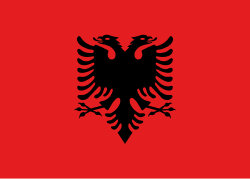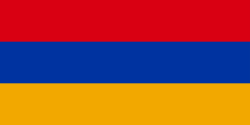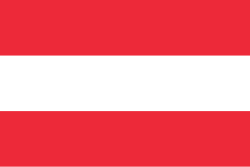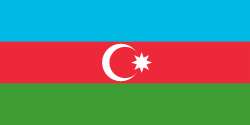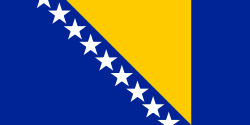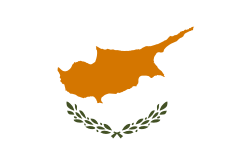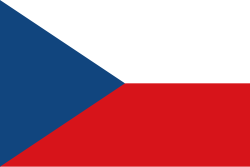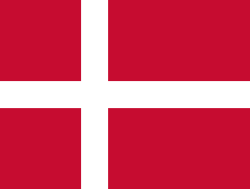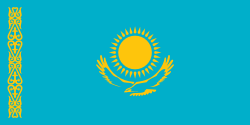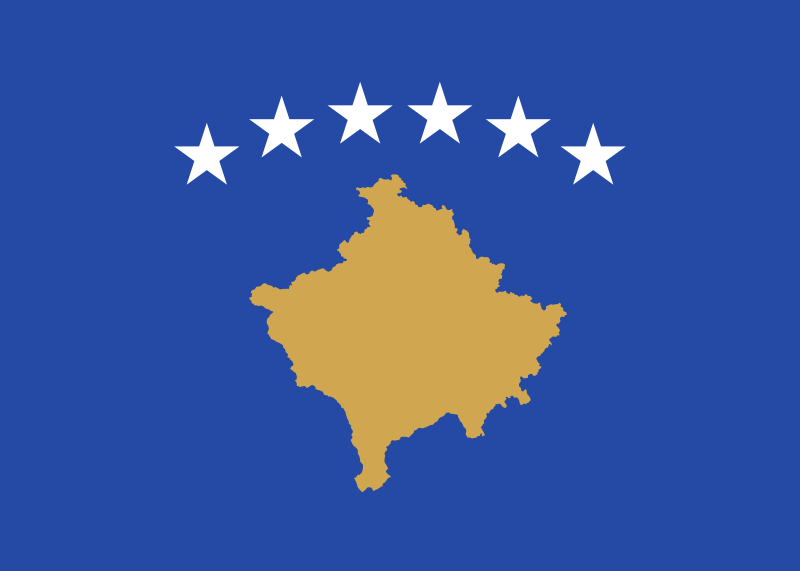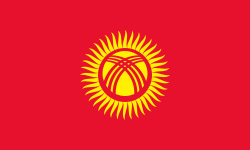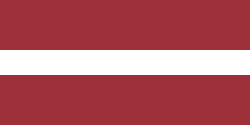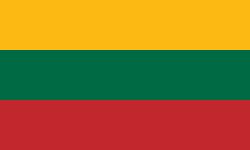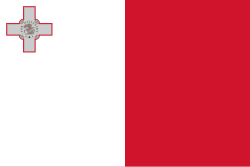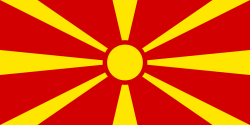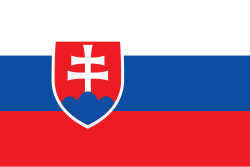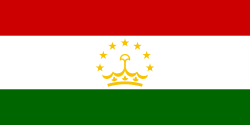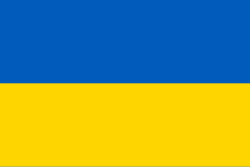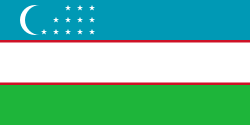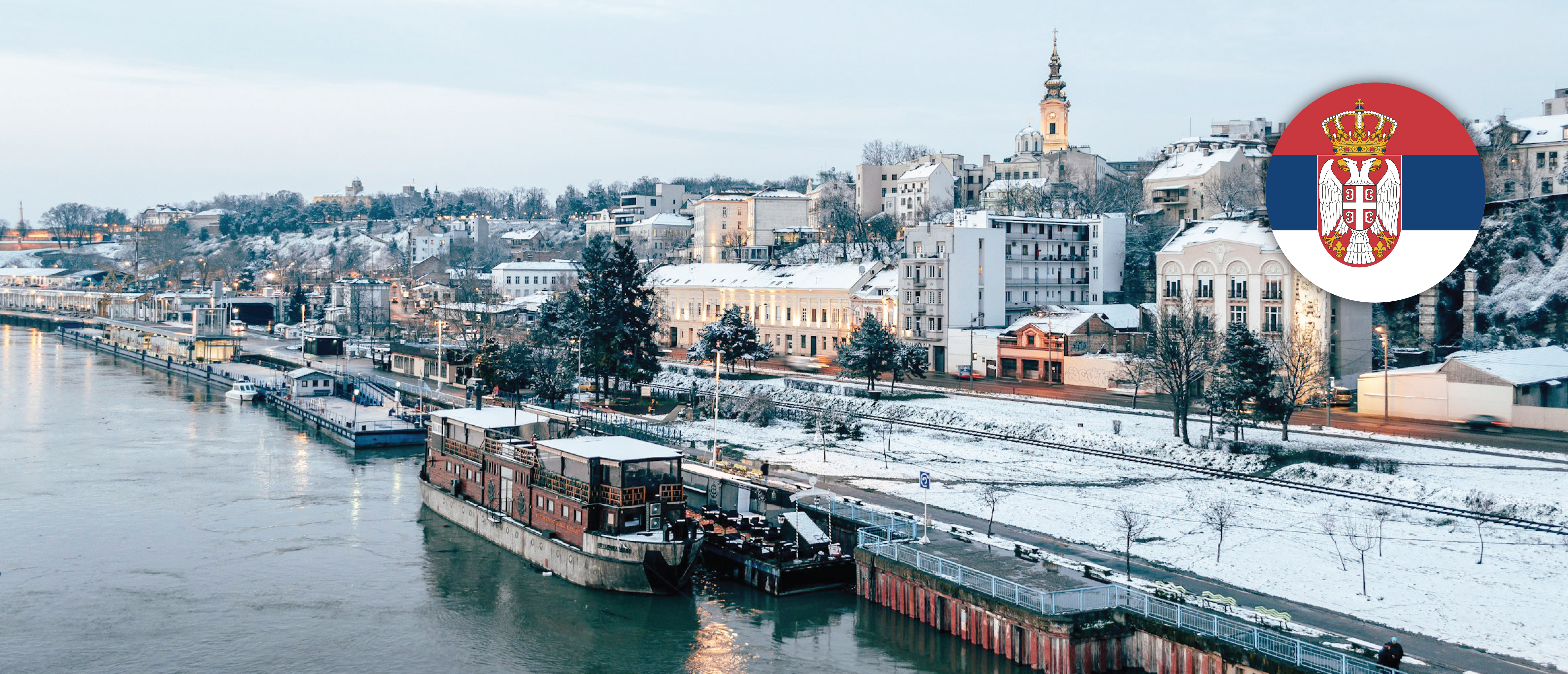General Information
Population
Immigration
Emigration
Working-age population
Unemployment rate
GDP
Refugees, Asylum seekers, IDPs
Citizenship
Territory
Migration Authorities
Responsible Body
Line Ministries
Agencies
Coordination Body for Migration Monitoring and Management
Coordination Body for Monitoring Flows in the Area of Economic Migration
Council for Reintegration of Returnees under the Readmission Agreements
Commission for Monitoring Visa Free Travel Regime with the EU
Commission for Coordination of the Permanent Integration Process of Refugees
Office for Kosovo and Metohija
Office for Cooperation with the Diaspora and Serbs in the Region
EU Support to Migration Management in the Republic of Serbia
Key Policy Documents
2004 Law on Citizenship of the Republic of Serbia
2009 Law on the Diaspora and Serbs in the Region
2011 Law on the Permanent and Temporary Residence of Citizens
2012 Law on Migration Management
2014 Law on the Employment of Foreigners
2017 Law on Higher Education (article 97)
2018 Law on Asylum and Temporary Protection
2019 Law on Health Protection (article 3)
2009 Migration Management Strategy
2009 Strategy on the Reintegration of Returnees under the Readmission Agreement
2010 Strategy for Sustainable Survival and Return to Kosovo and Metohija
2017 Integrated Border Management Strategy in the Republic of Serbia 2017-2020
2018 Strategy for Combating Irregular Migration in the Republic of Serbia for the period 2018-2020
2020 Economic Migration Strategy of the Republic of Serbia for the Period 2021-2027
Description
For the past half a century, Serbia remains primarily a country of emigration and since recently has also become a country of transit on the Balkan Route. The population of Serbia, which amounted to 6.871.547 at the end of 2020, is steadily declining. In the past decade, the country lost 350.000 inhabitants, partly due to emigration.
Given the lack of national statistics on emigration, the estimations of the size of the Serbian diaspora vary. The Government of Serbia places the number of Serbians outside the country, as defined by the 2009 Law on the Diaspora and Serbs in the Region, at 4.5-5 million persons. Meanwhile, UN DESA refers to a little over 1 million Serbian emigrants, most of whom live in Austria, Germany, France and Switzerland. In general, Serbians are scattered across a large number of countries, including ones in the Balkans, the US, the UK, Australia, Canada, EU member states, and more recently, the United Arab Emirates and China.
The EU is a prominent destination for Serbian migrants. The number of first-time resident permits issued to Serbian nationals in the EU has increased from 23.770 in 2013 to 62.186 in 2019. Over time, both the reasons for issuing permits and key destination countries, except for Germany, have changed. In 2013, 45% of first-time permits were issued for family reasons and 22% for employment. Meanwhile, in 2019, the proportion stood at 25% and 52% respectively. Looking at the number of valid EU residence permits, the period 2011 to 2019 saw a slight decline from 486.582 to 477.355, which can be associated with the naturalisation of long-term migrants, the return of some to Serbia and an increase in short-term circular migration. The majority of valid permits at the end of 2019 were issued for other reasons, followed by family and employment purposes (52%, 32% and 13% respectively). In terms of destinations, in recent years more first permits were issued by Croatia, Slovenia, Slovakia, Hungary and the Czech Republic and fewer by Austria and the UK. A similar trend is observed for all valid permits, except for Austria and Germany, which continue to host the largest number of Serbian residence permit holders in absolute numbers.
Significant emigration affects the labour supply in Serbia and results in a brain drain. Since the early 1990s, most migrants who left Serbia for the USA, Canada and Great Britain were students and highly educated workers. The brain drain causes a lack of skilled labour, especially in the engineering, ICT and healthcare sectors, a loss of public funds invested in education (estimated at 30.000 - 35.000 EUR per person), and a loss of potential GDP and consumption.
Emigration on par with the low natural growth contributes to the ageing of the population of Serbia. According to the 2011 Census, the average age is 42.2 years. Meanwhile, Serbian emigrants are on average 34.7 years old. Presumably, an increasing part of the gross national income will be allocated to the pension system and the social protection system in the future. However, emigration also has a positive side manifested in remittances, investments, transfer of knowledge, skills, ideas and values, as well as the established transnational connections. Over the past decade, the share of personal remittances reached 8% of the GDP. High monetary remittances improve the country's balance of payments and act as additional social protection for the population.
According to the Ministry of the Interior, from 2011 to 2019, more than 45.000 Serbian citizens returned to the country under the Readmission Agreement. The majority of them (82,6%) are Roma. In 2021, Serbia with the EU’s financial support launched an initiative to protect this vulnerable group from poverty and social exclusion by adopting a series of measures in terms of social protection and employment support. Both the number of Serbian citizens returning after being ordered to leave and the number of orders to leave issued to Serbian nationals have been declining. The former declined from 12.795 in 2016 to 5.245 in 2019. Meanwhile, the latter decreased from 13.480 in 2016 to 8.370 in 2019. In 2021, Serbia received 1.419 requests for readmission, 52.9% of which were submitted by Germany.
Internal migration, driven by strong urbanization and industrialization, is also pronounced in Serbia. In 2001, 56% of the population lived in urban areas and 44% in rural areas of Serbia. In 2020, the proportion stood at 61% and 39% respectively. Most often people migrate from the south and inhabit the north of Serbia – the Belgrade region and Vojvodina region.
Albeit smaller in scale, immigration of foreign nationals to Serbia has been increasing. The number of issued permanent residence permits rose from 7.272 in 2011 to 10.252 in 2021. While Romanians, Russians and Macedonians held the majority of permits in 2011, the national composition changed to Chinese, Russians and Romanians in 2021. The reasons for immigration have also changed from mostly marriage in 2011, to 60% marriage and 22.6% employment in 2021. The number of temporary residence permits issued for the first time has equally increased from 6.381 in 2011 to 17.560 in 2021. The majority of temporary migrants in 2021 comprised nationals of China and Turkey, many of whom received permits for work purposes. The growing global presence of China, the fatigue of the lengthy EU accession process and the turn of Serbia to a multi-vector foreign policy, lead to the deepening of ties between Serbia and China, manifested through the sharp increase of Chinese direct investment in Serbia from 19 million euros in 2011 to 528,5 million euros in 2020. Moreover, Chinese companies are present in a large number of economic sectors, ranging from steel and tyre production to energy and renewables.
Beyond regular immigration, Serbia has become a destination and transit country for several waves of forced immigration. In the 1990s, Serbia gave refuge to nearly 618.000 persons from Bosnia and Herzegovina and Croatia, and over 350.000 of them received Serbian citizenship, signifying the largest refugee integration in modern Europe. In 2020, 25.794 refugees lived in Serbia, mostly elderly people originating from Croatia (68.5%). The country has also experienced an influx of persons from Kosovo*, who are considered internally displaced in Serbia. Their number was 187.129 in 2000 and stood at 197.035 in 2020. Over 20 years since their displacement, the conditions for the sustainable return of internally displaced persons are yet to be met. In 2020, for example, only 247 persons returned to Kosovo*.
Following the outbreak of the war in Ukraine, from 25 February until 20 April, 5.808 refugees from Ukraine registered their residence in Serbia, mostly in private accommodation, while 57 people were accommodated in an asylum centre. Ukrainian refugees can enter Serbia with a passport through any border crossing, and a visa-free stay is allowed for 90 days.
In 2015-2016, Serbia faced a large number of migrants from Asia and Africa transiting via the Balkan route to the EU. Before this route was formally closed in March 2016, it was used by nearly a million migrants, most of whom come from Syria, Afghanistan, Iraq, Somalia and Pakistan. Only a minor share of them remained in Serbia to seek asylum. In 2020, Serbia received 145 asylum applications and issued 29 positive decisions.
Serbia is a member of the IMO, the UNHCR, the Global Forum on Migration and Development, the Budapest Process, the Prague Process, the Regional Cooperation Council and the Migration, Asylum, Refugees Regional Initiative. Serbia also voted for the Global Compact for Safe, Orderly and Regular Migration and the Global Compact for Refugees. The country is harmonizing its national legislation with one of the EU to protect the rights of migrant workers in line with international standards. Serbia has also signed bilateral readmission agreements with each EU member state. At the regional level, Serbia, Croatia, Montenegro and Bosnia and Herzegovina launched a joint initiative entitled "Regional Housing Programme" to provide housing solutions for refugees of the 1990s conflicts. So far, through this program, about 6.000 families have been provided with housing in Serbia.
Since 2020, the Coordination Body for Monitoring Flows in the Area of Economic Migration has started activities aimed at finding solutions to reduce economic migration, and even reverse the trend. The Economic Migration Strategy was adopted for the first time and an Action Plan is being drafted.
Relevant Publications
